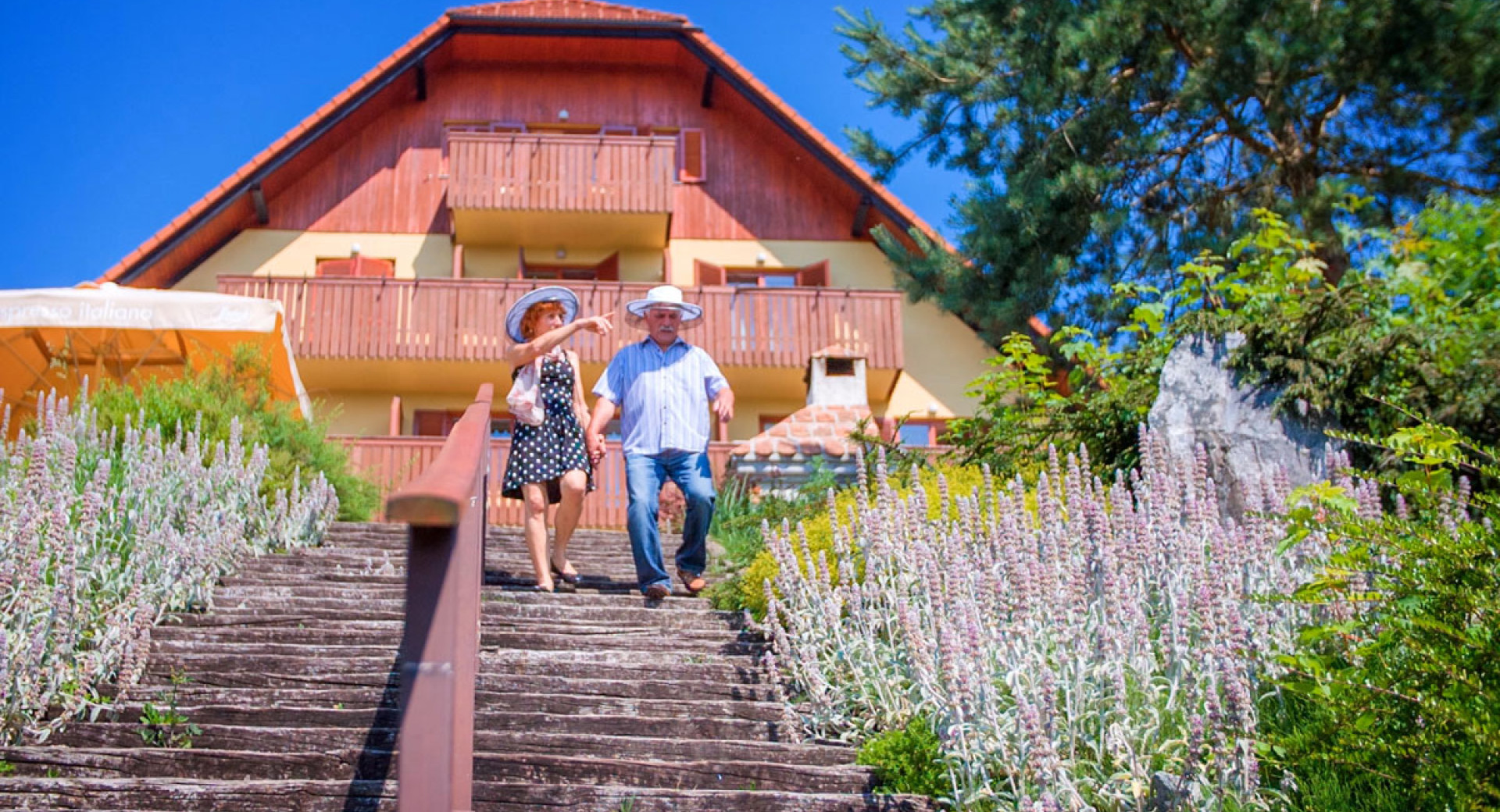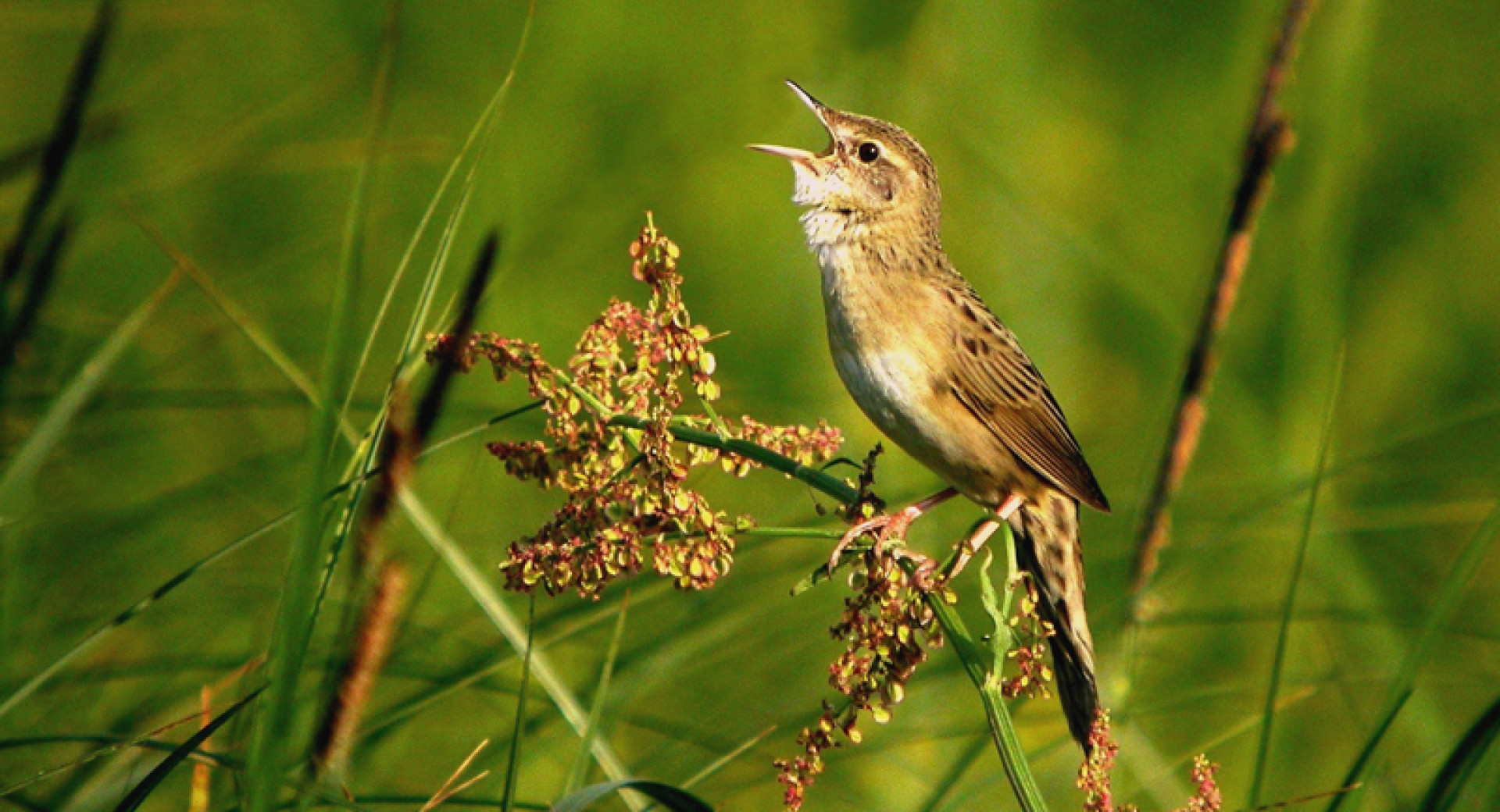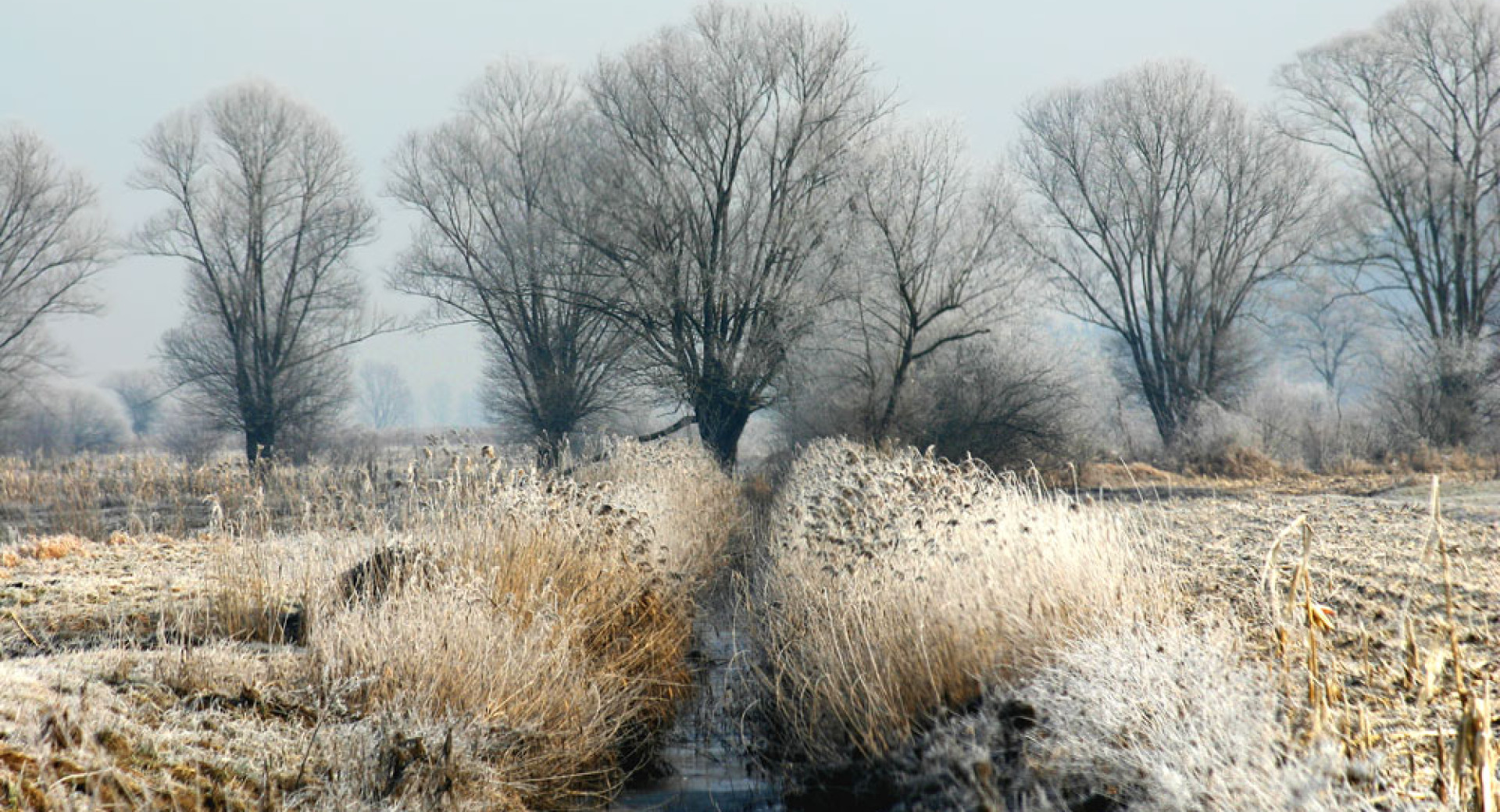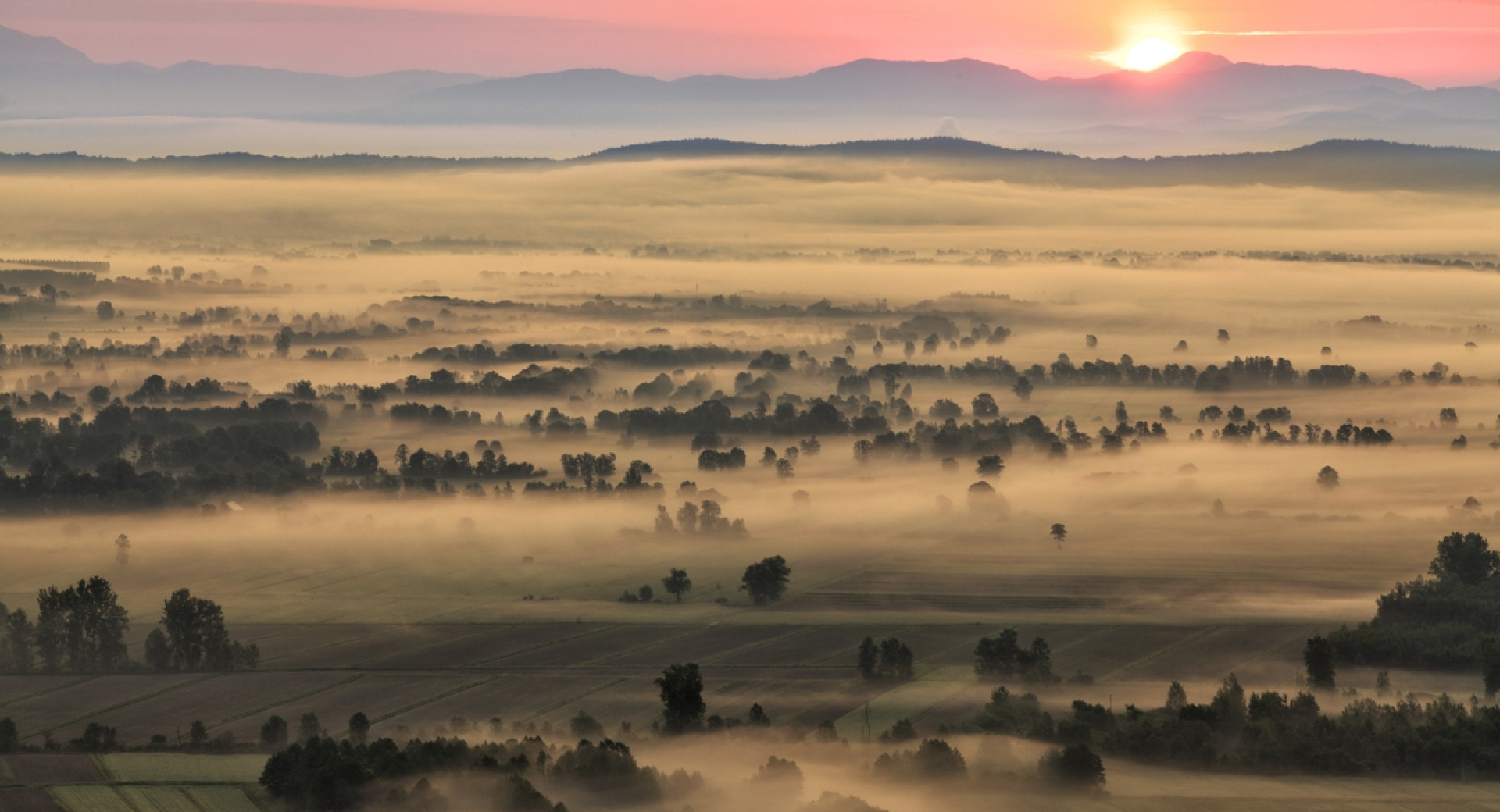Biodiversity
The City Municipality of Ljubljana is proud of its remarkable biodiversity.

Around 3% of all Slovenian beekeepers operate in this area, managing more than 4,500 beehives. Urban beekeeping is also thriving, with hives located on rooftops across the city—for example, atop Cankarjev dom, Center Rog and B&B Hotel Park.
In 2017, 2019, and 2022, the Slovenian Beekeepers’ Association awarded the City Municipality of Ljubljana the title "Most Bee-Friendly Municipality". To support pollinators, we plant perennial flowers with nectar-rich species on public green spaces. Since 2019, we’ve been running the campaign "We’ll Mow When the Bees Have Eaten", allowing flowering plants to bloom longer and providing essential forage for pollinators. Beekeeping is also interwoven into the city’s tourism offerings.
A themed Bee Path runs through Ljubljana, guiding visitors to key urban beekeeping locations. Each year on May 20, World Bee Day, the City of Ljubljana partners with Ljubljana Tourism to organise a special event highlighting the importance of bees for the environment and urban quality of life. One of the city’s official protocol gifts is also Ljubljana Honey, known for its exceptional quality due to the area’s rich biodiversity, and presented in a distinctive, carefully designed packaging.
Green Spaces in the Heart of the City
Each resident in Ljubljana has access to over 500 m² of green space and more than 46% of the city's total area is covered by forest. In fact, 75% of Ljubljana's surface area is green, with over 20% under formal protection. The municipality includes four landscape parks, the most visited being the Tivoli, Rožnik and Šiška Hill Landscape Park, which spans 459 hectares—making it larger than both New York’s Central Park and London’s Hyde Park.
Part of the Ljubljansko Barje Landscape Park includes Ljubljana Marshes, Slovenia’s largest wetland and a designated Natura 2000 site—part of the European Union’s conservation network and one of the largest protected areas in the world. Morostig, the prehistoric pile dwellings at Ig, located in this wetland, are listed as a UNESCO World Heritage Site.










